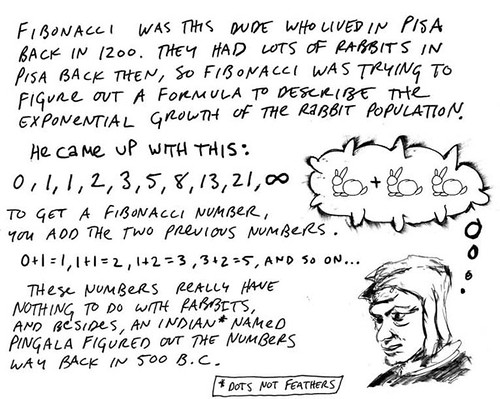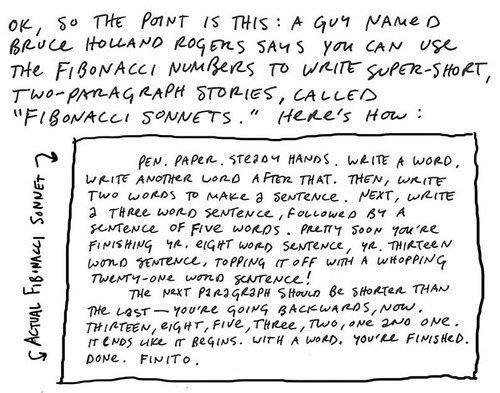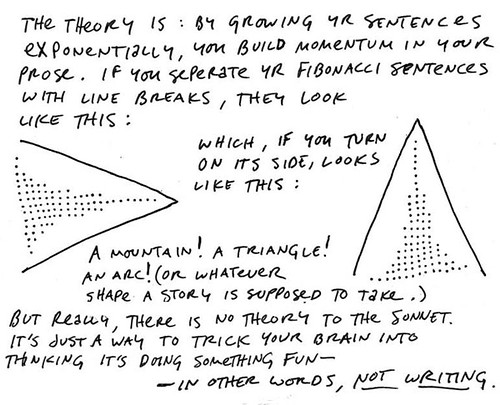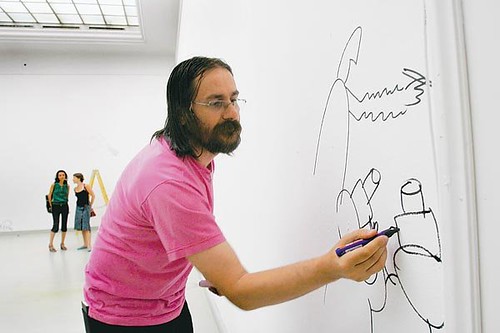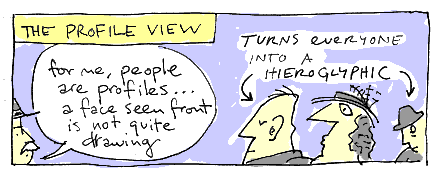This blog has been dead lately, and it makes me feel guilty, but I was having too good of a weekend to get in front of the computer and post:
Thursday, I hit the annual Labor Day sale at Austin Books. I walked away with 3 Eddie Campbell books, 3 of the Complete Peanuts books, and Ivan Brunetti’s anthology — all 50% off.
Saturday was my first experience of the Alamo Drafthouse. A Shiner on tap, basket of french fries (done just the way I like them: seasoned and crispy), and the last Bourne movie: I was in heaven.
Last night we watched the documentary You’re Gonna Miss Me about Roky Erickson, the legendary singer for the 13th Floor Elevators. It wasn’t as great as I thought it was gonna be — if you want to watch a movie about a whacko genius musician from Texas, watch The Devil and Daniel Johnson instead. But the music was incredible…that electric jug! (Watch the Elevators.) I’d love to see someone release a Roky Erickson “unplugged” with just him singing and playing acoustic guitar. There was a great quote where Roky was talking about being in church and hearing “O Holy Night!” and it knocking him out. Come to think about it, go ahead and Netflix it if you’re an Elevators fan…
Today we went to see Superbad with friends. Absolutely hilarious. Worth the money in gut laughs. Afterwards, we went to the famous Hut’s Hamburgers and had burgers and shakes. More thumbs up.
On the way home, I stopped at BookPeople on a whim to see whether they had the new George Saunders collection of non-fiction, The Braindead Megaphone. They did! So now I have something to read on the bus this week.
What a great city.
